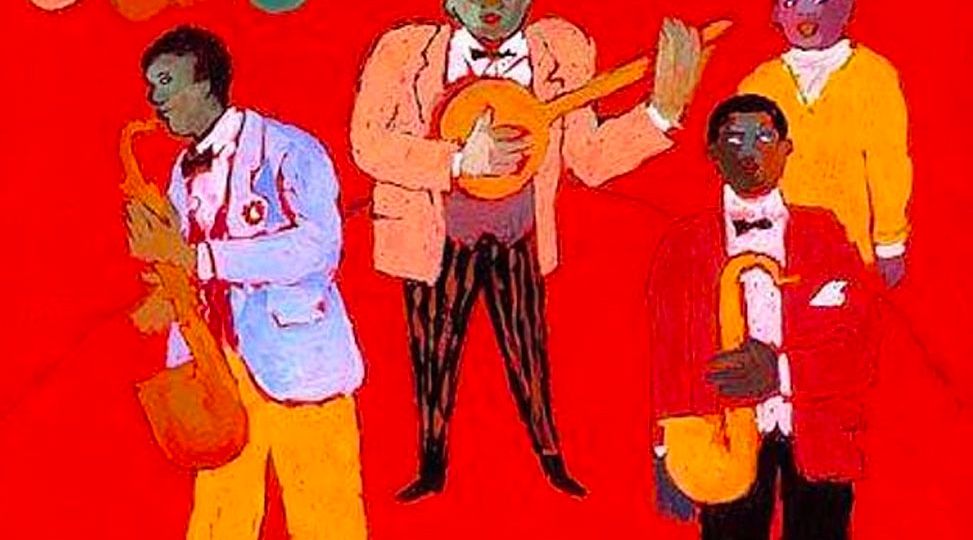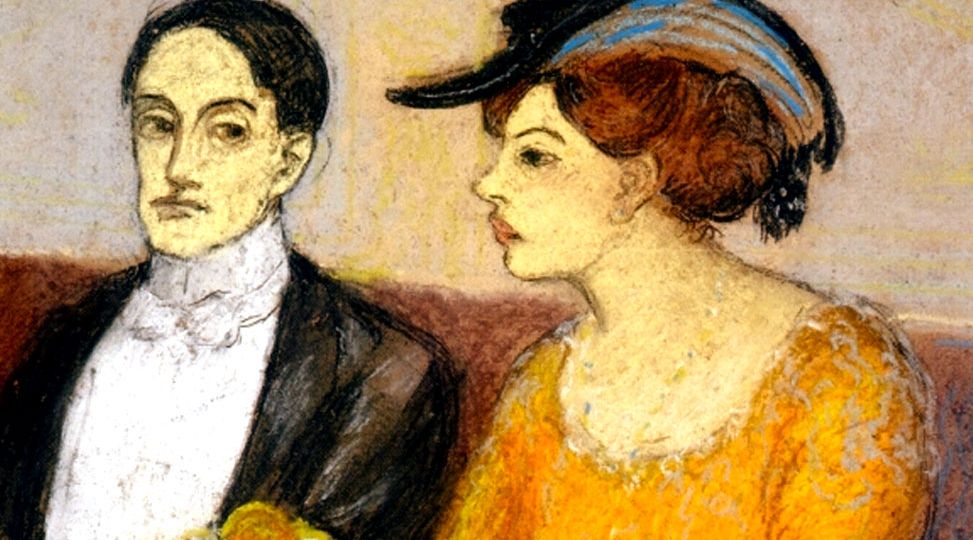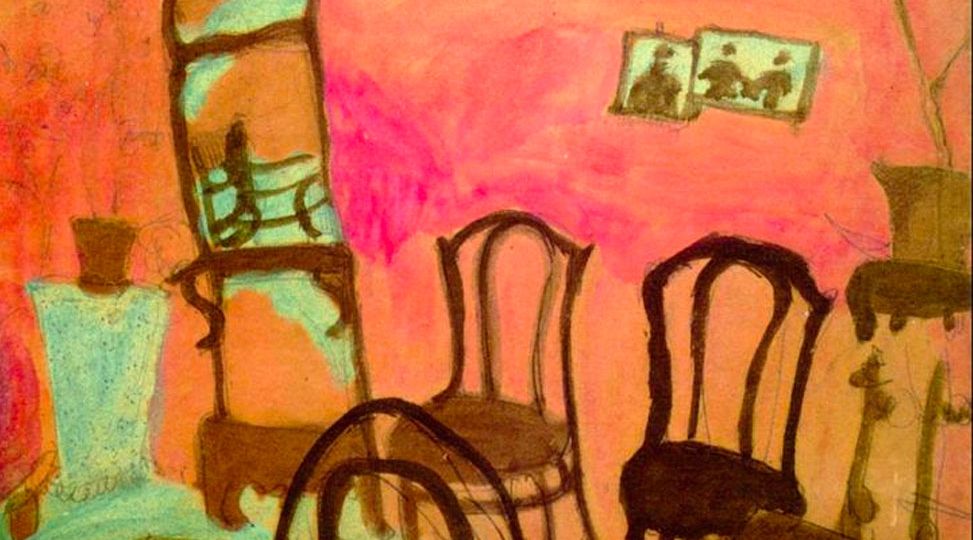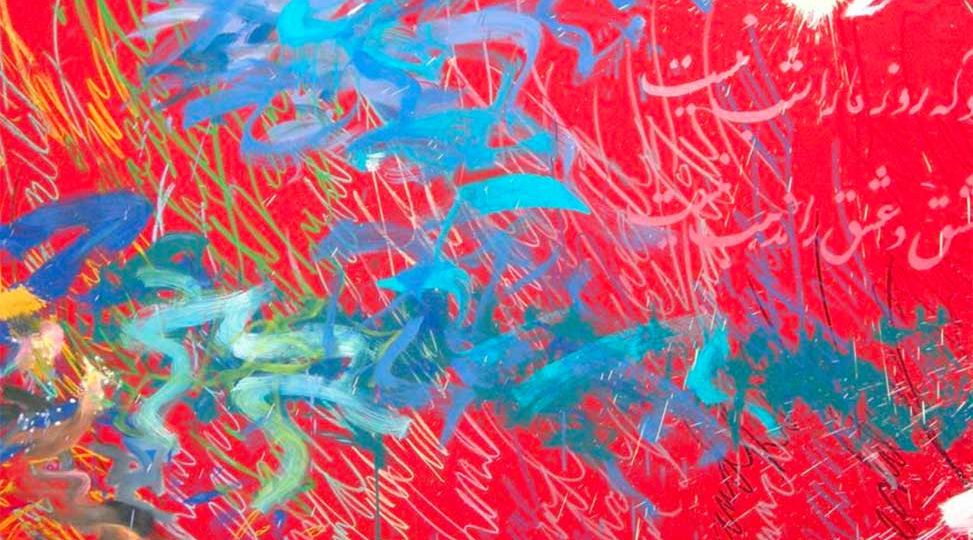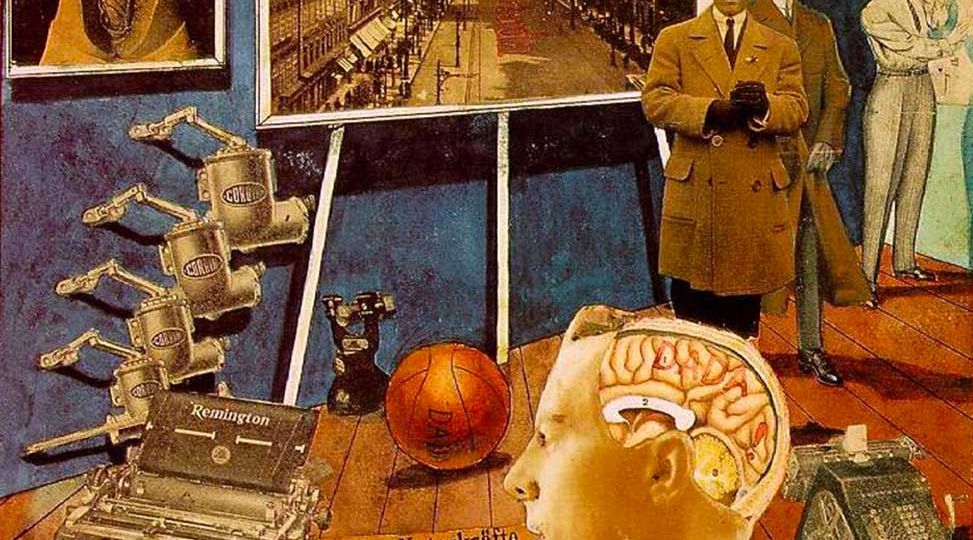Complicated conversations occur when different types of consciousness meet other kinds of consciousness, which both befriend and oppose them. You need some way of making sense of “what are the regular territories within this mad conversation?” That is what Jung achieved in Psychological Types: a flexible-enough model to cover all the collisions of consciousness that can arise.
Feeling
The dynamics of creative process and psychological wellbeing are such that creative artists are often overcome by the demonic. From Nietzsche’s Zarathustra to Curt Cobain’s Nirvana, there is an artistic star swallowed by the unconscious every week. But the arts can also be a type of savior—a place for us to process our darkness and not become it.
She could not compete with me in the extraverted thinking mode that I (and our culture) insisted upon, so my well-meant out-reaching felt like attacks to her, and my peace offering of objective discussion was like a Viking’s looming battle-axe. Rather than take part in a Te confrontation that she couldn’t win, she had changed the rules, initiating an introverted feeling battle of attrition.
The feeling function has its roots with the archetypal mother. My actual mother had limited tolerance for negative emotions from me. Her outbursts frightened me, and my own feelings terrified me even more. Hillman wrote that the mother-complex, “is the permanent trap of one’s reactions and values from earliest infancy, the box and walls in every situation whichever way one turns.”
My Feeling is definitely not a matter of determining whether simply I like or dislike something, as Hillman suggested an undifferentiated Feeling function might do. For example, I feel a hundred different aspects of a rose—smell, vibration, gentleness, tone, harmony, et cetera, and all of these come into play when I evaluate its suitability for a certain spot in the garden.
People of different types are prone to think about religion and spirituality in different ways. While type obviously does not determine a person’s religious beliefs, type is a lens through which one views the world of religion and spirituality, and as a result, contentious religious differences are often, in part, typological differences in disguise.
Husbands and wives frequently feel like their marriages broke down because their spouses didn’t hear what they were saying. Therefore, the mediator’s ability to see and hear what each party is saying, and to reframe it so that the other party can see and hear it, can make or break their ability to reach a settlement.
Like the feeling function itself, poetry captures moments, and it is by feeling into these moments that something else opens and experience is transformed into moments of encounter. Often, the word “encounter” implies a “coming against” something, a meeting that holds impact. Thus, the feeling function, by creating an encounter, demands courage.
These at-risk students taught us how to teach everyone. I have described my classroom set-up as an integral part of the instruction. … Intuitively, before knowing about type, I had set up my classroom to accommodate multiple learning styles. Even the ISTJ students, who tend to like the traditional classroom set-up, performed better in my classroom.
I describe here how I discovered a new way to find the function-attitudes—the ‘building blocks’ of personality type—associated with any set of MBTI® results. I discovered this method almost by accident. My goal was to form teams of graduate design students working together to conceive, build, demonstrate, and report on a physical project.



